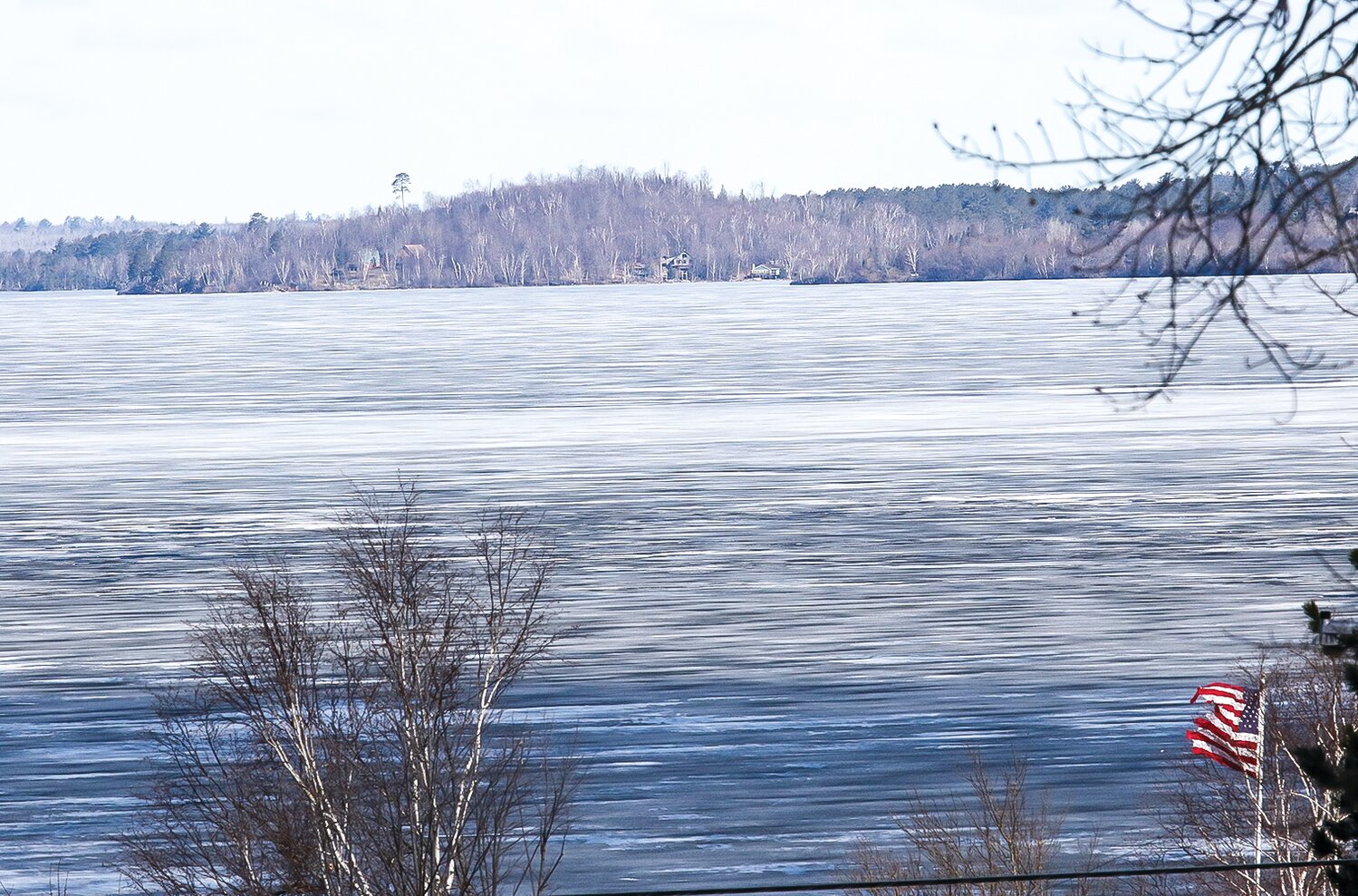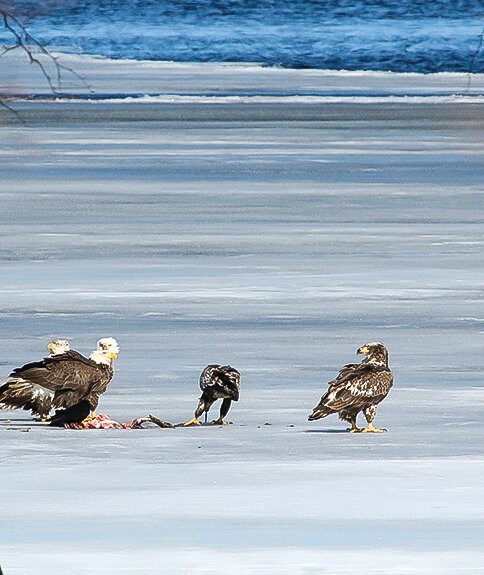Support the Timberjay by making a donation.
Will it or won’t it?
New forecasting tool might help with those ice-out predictions
REGIONAL— Will it or won’t it? With fishing opener just over a week away, and ice still covering many North Country lakes as of late this week, whether that ice would clear in time for …
This item is available in full to subscribers.
Attention subscribers
To continue reading, you will need to either log in to your subscriber account, below, or purchase a new subscription.
Please log in to continue |
Will it or won’t it?
New forecasting tool might help with those ice-out predictions
REGIONAL— Will it or won’t it? With fishing opener just over a week away, and ice still covering many North Country lakes as of late this week, whether that ice would clear in time for the annual celebration of the walleye was the predominant question on the lips of many.
It’s not just idle curiosity in these parts. Opening weekend of fishing is a huge economic boost for the region, impacting resorts, hotels, bait shops, restaurants, bars, gas stations, and more.
But it all depends on open water, or at least enough open water to keep the anglers happy.
While late April’s snow and lingering cold temperatures proved a setback, there’s reason for optimism for those looking to get their docks and boats in the water in time for next Saturday.
When it comes to predicting ice-out, most of us have a pretty unscientific approach. Temperatures, the amount of wind or sunshine all play into it for most of us, but how do you really calculate how those various factors fit together to determine when the ice finally disappears?
That was a question that has been on the mind of John Downing, a UMD professor of biology and director of the Minnesota Sea Grant, and he’s come up with a method of estimating ice-out based almost entirely on temperature. He wrote a column on this back in March for the Sea Grant website, which you can find at https://seagrant.umn.edu/news-info/featured-stories/forecasting-ice-out-minnesota-lakes. [Thanks to Heidi Holtan, at KAXE/KBXE radio for alerting me to Downing’s column].
In his column, he introduced what he calls an “Ice-out widget,” which you can find at: https://seagrant.umn.edu/programs/recreation-and-water-safety-program/mn-ice-ice-out.
Downing notes that the widget will not tell you whether or not ice is safe, but only when it’s likely to disappear. Actually, it can also help us predict when the ice will form in the fall.
The widget relies on automated weather data from almost two dozen airports around the state, including those in Hibbing and International Falls, and you can select whichever airport is closest to your lake to determine which data set to use.
For ice-out, you’re looking for the number of what are known as “thawing degree days,” which you can determine for each day based on the following formula: [High temp + low temp] divided by two, then subtract 32. For example, let’s say you have a low of 30 and a high of 55. That would equal 85, which would come to 42.5 when divided by two, and 10.5 after subtracting 32. So, you would have 10.5 thawing degree days for that date. You can count any thawing degree days from Jan. 1 on, since they can all contribute to thawing lake ice.
As Downing puts it, thawing degree days essentially provide an objective measure of cumulative springtime warmth. In northern Minnesota, Downing said it takes an average of about 220 thawing degree days before we reach a 50-percent probability of ice-out. That probability increases beyond that point. By the time we reach 275 thawing degree days, we have an 80-percent chance of ice-out.
It’s a good benchmark, but it’s not foolproof as a predictor, Downing acknowledges. The size of the lake, the thickness of the ice, snow cover, amount of sunshine, and windiness can all either slow or quicken the pace of ice-out. Based on Downing’s widget, the Hibbing airport had 145 thawing degree days as of Monday, May 1. Using the forecasted high and low temperatures on my various weather apps between now and opener, we should expect to add another 191 thawing degree days by then. That would total about 336 thawing degree days between now and opener, which would give us a nearly 100-percent probability of ice-out. Indeed, based on Downing’s model, we should expect a better-than-50-percent probability of ice-out on most area lakes as of May 7.
That would be about 10 days later than average for most area lakes, and just over a week later than average for our larger lakes, like Vermilion and Burntside, where the median ice-out date is April 30.
This forecast assumes we don’t have any weather surprises, like an early May cold front or snowstorm that sets us back for a few days. We all know that’s happened before. Assuming our current forecasts hold, and that Downing’s model works as he suggests, we should have clear sailing for opening weekend.









